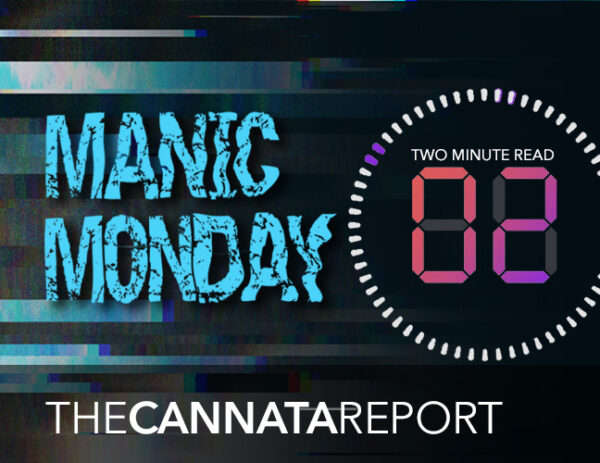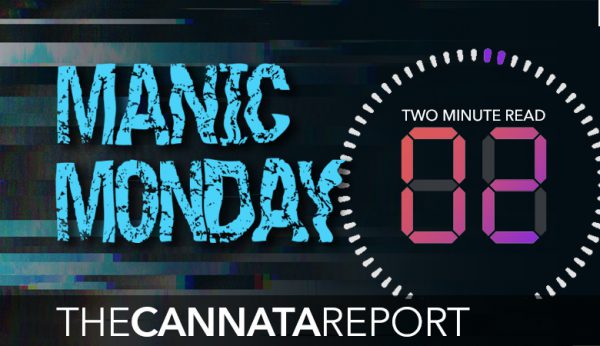Is the office technology industry gravitating toward a hybrid work style?
As the COVID-19 pandemic rounds the eighteen-month mark, many aspects of living with the virus have become, if not routine, at least familiar—masks in public places, video calls instead of face-to-face meetings, and a huge, seemingly overnight expansion in the work-from-home population. It’s a change many workers have embraced, with a recent Gallup poll showing 72% of white-collar workers opting to work remotely. Advantages to this new way of work include forgoing long commutes, having more flexibility around caretaking, and of course, reducing the risk of spreading the virus. That said, there is no shortage of detractors worrying about the erosion of work/life balance and potential losses to productivity (and revenue). While some employers have embraced the work-from-home revolution, many long for a return to the old way of work.
The website Digital.com published a survey showing that 20% of employers currently allow remote work, and 40% wish to see all their employees vaccinated before returning to the workplace. This goal is aligned with the Biden administration’s September announcement mandating that all companies with 100 or more employees require them to be vaccinated or test for COVID-19 weekly.
Vaccines make it possible to safely return to the office, but that doesn’t mean workers are comfortable going back to the way things were. Half of the 1,500 small businesses Digital.com polled had a predominantly onsite workforce prior to the pandemic, and while a majority of those employers adopted a hybrid or remote model during the 2020 lockdowns, 39% of them expect their employees to return to full-time on-site work eventually, even going so far as to consider firing workers who want to stay remote.
There are small businesses in general, and then there’s the copier industry. Sales-focused industries, especially B2B sales, have always relied on face-to-face contact, even during the pandemic, and many sales reps were always hybrid workers in that they spent as much time, if not more, on the road as they did in the office. Does this worker/employer divide on the question of remote work exist in this industry? We spoke with two people in a great position to know, Jessica Crowley, senior vice president and Paul Schwartz, president of Copier Careers, a staffing service for the copier industry.
“We’re not seeing some mass request for work-from-home on either side,” said Schwartz. “Everybody went through a phase of, ‘Okay, it’s going to have to be remote work; how do we adapt?’ and things evolved and changed, until it became, ‘We’re going back to the office; how do we go back?'”
Crowley was quick to point out that for many companies in this industry, hybrid and remote have always been the model. For sales reps who spend most of their time meeting clients or service reps who work onsite at client locations, stopping by the office to start their days didn’t always make geographic sense.
“I know that some companies are still working remote,” she said. “Do I see work-from-home being a permanent thing? I don’t. Whether you’re on the sales or the service end of it, what you’re selling is going to the office.”
Attitudes about remote work are heavily linked to the type of tasks a worker does. Some work is more “portable” than others.
“When companies that are fully remote right now transition back into the office, you could see a surge in demand,” Crowley said, “but candidates still want to get back to a routine like it was before. I talk with sales reps and technicians that are very much interested in getting back to meeting clients. It’s the same on the leadership side. There are other solutions that have evolved during this time, such as managed IT, where you don’t necessarily need to be in-person to adjust anything, but that’s just adding to what the company can offer their clients.”
Nationwide polls often show sharp geographic divides about all kinds of strategies for dealing with the pandemic, which may leave national-scale companies playing catchup to smaller local companies that are more in tune with prevailing sentiments about going back to the office.
“Every couple of years, we hear about the death of the independent dealer,” Schwartz said. “This is a really interesting example of why independent dealers stay so strong because whatever the local community is doing, they’re a reflection of that. It’s very challenging for a national organization to replicate.”
This is not to say that onsite or remote is the only question motivating workers when they evaluate their careers. Crowley and Schwartz are still seeing a higher than usual level of workers in the copier channel seeking jobs in different regions of the country or even considering leaving the industry altogether. This has put employers in unfamiliar territory when it comes to negotiating. Workers have more options because they are willing to consider a wider selection of possibilities, which puts upward pressure on compensation and retention.
“We’ve seen a fair amount of people just opting out,” said Schwartz. “They’re saying, ‘I went through 9/11, I went through the Great Recession, I’m at a point where I can walk away. We’re seeing sales reps and people on the tech side leaving the industry, which is why we try to build such a sense of urgency with our clients. Nothing is static.”
Crowley agreed. “They’re realizing that in order to obtain a candidate, that compensation needs to be greater,” she said. “We’ve experienced it more in the past three months than we have in years. Counteroffers are happening, significant counteroffers. Our clients’ reaction is to make it attractive so the employer will hopefully meet or exceed that.”
One surprising thing, given the well-justified concerns many had early in the pandemic about travel, is that high-travel sales jobs are just as popular as ever.
“If they’ve always done it, they want to get back to doing it,” Crowley said. “The biggest reason why you’re not seeing a lot of work-from-home demand on the candidate end of it is that they want to get back and see people. They want to get back and have that client interaction, which you can’t get through a screen.”
Going back to the way things were before is a compelling motivator, but it remains to be seen how possible that really is. This is an era of unpredictability and big changes, and employers and workers alike wonder how much of this new way of work is sticking around for good.
“Some people have had their lives changed forever,” said Schwartz. “For organizations, the pandemic has accelerated some things that were already happening, adopting technology, people moving forward in their careers. But it feels like we’re going into more stability. A year from now, hopefully, we won’t see this great tumult, these wild swings.”
“We’ve had so much thrown at us that being able to adapt quickly is a skill our industry has learned,” said Crowley.
“Good regional dealers, the ones that are successful, they’re really good at that,” said Schwartz. “They figured out what they had to do; they had an opportunity to attract talented people. It’s defining our lives and careers. As we come out the other side, what’s it going to look like?”
Employers across the industry are asking themselves that same question every day, but a few constants remain true. Regional dealers still succeed by staying connected to the community around them. Workers who like being at work want that as much as ever, possibly more. Sales reps are still highly social people, and they won’t want to work alone for any longer than necessary.
Access Related Content




